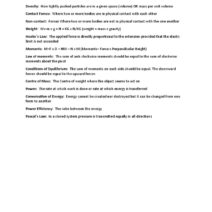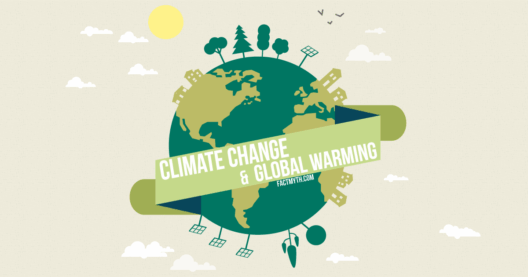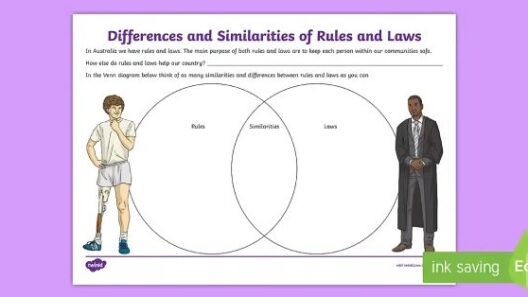In the contemporary discourse surrounding energy conservation, the query of whether all types of energy conservation are economically practical lingers prominently. Energy conservation, the judicious use of energy resources, presents far-reaching implications for both the environment and the economy. As society grapples with the dual urgencies of climate change and resource depletion, the financial viability of various conservation strategies warrants intense scrutiny. This article embarks on a thorough investigation of diverse energy conservation methods while addressing deeper economic insights, ultimately illuminating the intricate interplay between sustainability and fiscal responsibility.
The myriad of energy conservation strategies can be broadly categorized into passive and active measures. Passive energy conservation includes architectural designs and insulation techniques aimed at minimizing energy consumption without requiring additional energy inputs. For example, the strategic placement of windows can optimize natural light, thereby reducing reliance on artificial lighting. This form of conservation is economically practical in the long run, as the initial investments in building design and materials can lead to substantial savings on energy bills over time.
Active conservation measures, on the other hand, involve technological interventions and behavioral adjustments. These might include the installation of energy-efficient appliances, the incorporation of smart grid technologies, or the adoption of renewable energy sources such as solar and wind power. While these strategies often require upfront capital expenditures, they can yield significant economic returns through reduced energy consumption and lower utility costs. Furthermore, the integration of renewable energy sources can mitigate volatility in fossil fuel prices, providing an economic buffer against market fluctuations.
However, the economic practicality of energy conservation is not universally applicable to all strategies. An essential determinant of economic feasibility hinges on the context in which these measures are implemented. For instance, urban environments equipped with infrastructure for public transportation may find active measures, such as subsidizing electric vehicles, both justifiable and sustainable financially. Conversely, rural areas may present challenges due to a lack of infrastructure, rendering certain conservation strategies less viable.
Another layer of complexity is added when considering the concept of opportunity cost. When resources are allocated to energy conservation strategies, alternatives may be sacrificed. For instance, funds diverted towards the installment of solar panels could have been utilized for community health projects or educational initiatives. Therefore, evaluating the economic practicality of energy conservation extends beyond mere cost efficiency; it necessitates a holistic view of societal benefits and opportunity costs.
The notion of economies of scale also plays a pivotal role in determining economic practicality. Large-scale implementation of energy conservation initiatives can lead to reduced costs through bulk procurement and collective bargaining. For example, community solar projects allow multiple residents to share the cost and benefits of solar energy, lowering the financial burden on individuals. This collective approach can enhance the attractiveness and accessibility of certain conservation strategies that might otherwise seem prohibitively expensive for individual homeowners.
Furthermore, behavioral economics highlights another dimension to energy conservation’s financial feasibility. The psychological factors influencing consumer choices can lead to discrepancies between the rational economic model and actual behavior. Policies such as rebates and tax incentives can effectively motivate individuals to adopt energy-conserving technologies that they might otherwise shun due to perceived high initial costs. Thus, understanding consumer psychology is essential for policymakers to design effective programs that enhance the economic practicality of energy conservation practices.
It is equally crucial to consider the externalities associated with energy conservation. While many strategies provide direct savings to end-users, they can also generate societal benefits by reducing environmental degradation, mitigating climate change effects, and improving public health. These positive externalities, however, are often neglected in traditional economic assessments. When evaluating the cost-effectiveness of conservation measures, incorporating these broader societal benefits can shift the perception of economic practicality significantly.
Moreover, fluctuations in energy prices must be scrutinized as they can dramatically influence the economic viability of various conservation strategies. The rise of fossil fuel prices often makes renewable energy and energy-efficient technologies more attractive, prompting investments that would have been economically impractical in periods of lower oil prices. Consequently, an analysis of energy conservation’s economic practicality must be dynamic, considering market trends and forecasting future price trajectories.
Additionally, the role of innovation in energy technology cannot be overlooked. As technological advancements render energy-efficient solutions increasingly affordable and accessible, the variability of economic practicality diminishes significantly. Breakthroughs in battery storage, for example, enhance the viability of renewable energy systems and mitigate intermittent supply challenges. Such innovations facilitate the widespread adoption of conservation practices, reinforcing their economic case in contemporary marketplaces.
In conclusion, the question of whether all types of energy conservation are economically practical does not yield a simple, unequivocal answer. It invites a multifaceted examination of various factors including context, opportunity cost, behavioral influences, economies of scale, externalities, market fluctuations, and technological advancements. Energy conservation can indeed be economically viable, but its practical application hinges on a careful, nuanced evaluation of these interrelated dynamics. As society endeavors to transition towards a more sustainable future, the critical analysis of energy conservation strategies is essential for fostering an economy that values both ecological balance and financial prudence.







